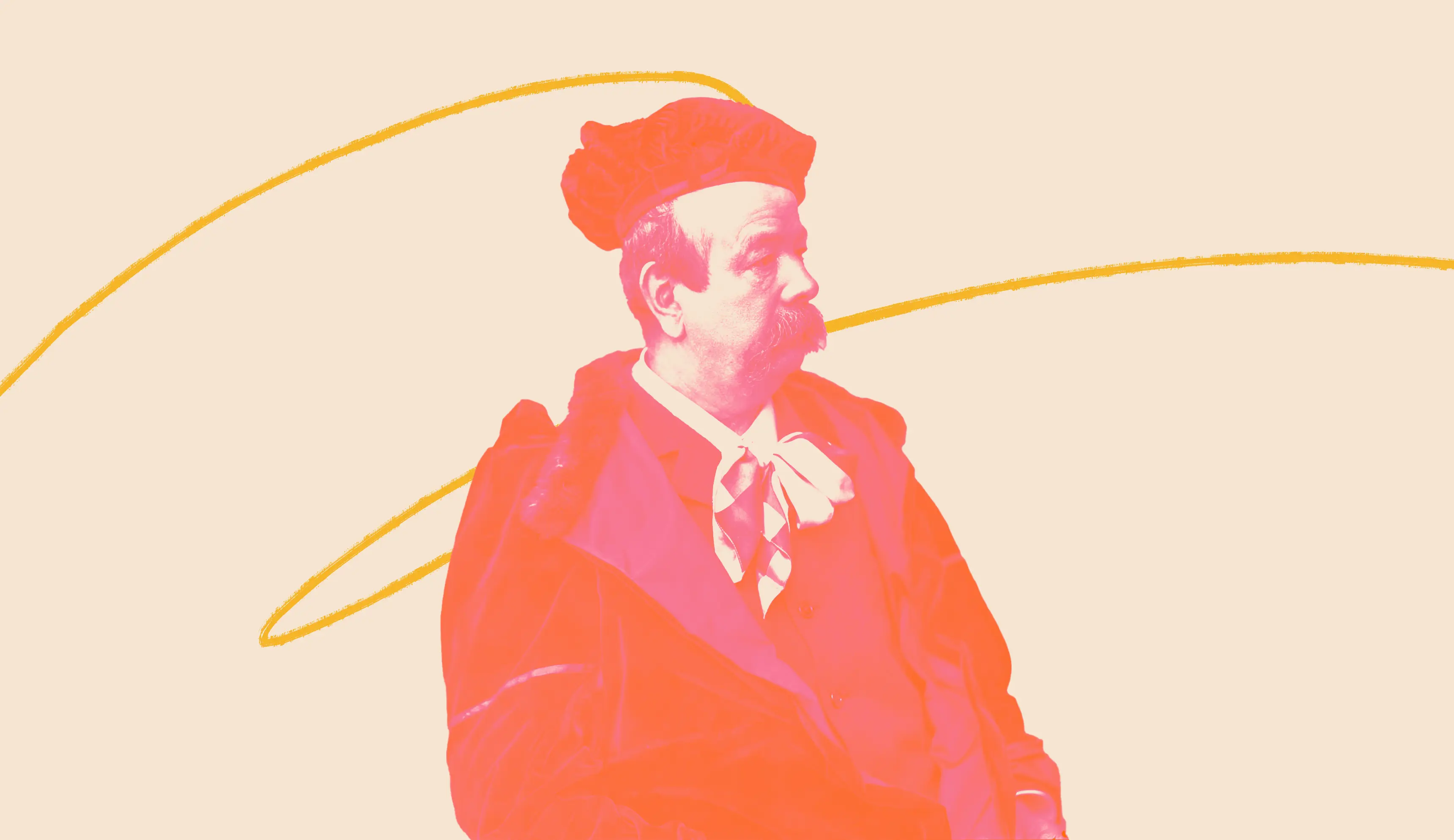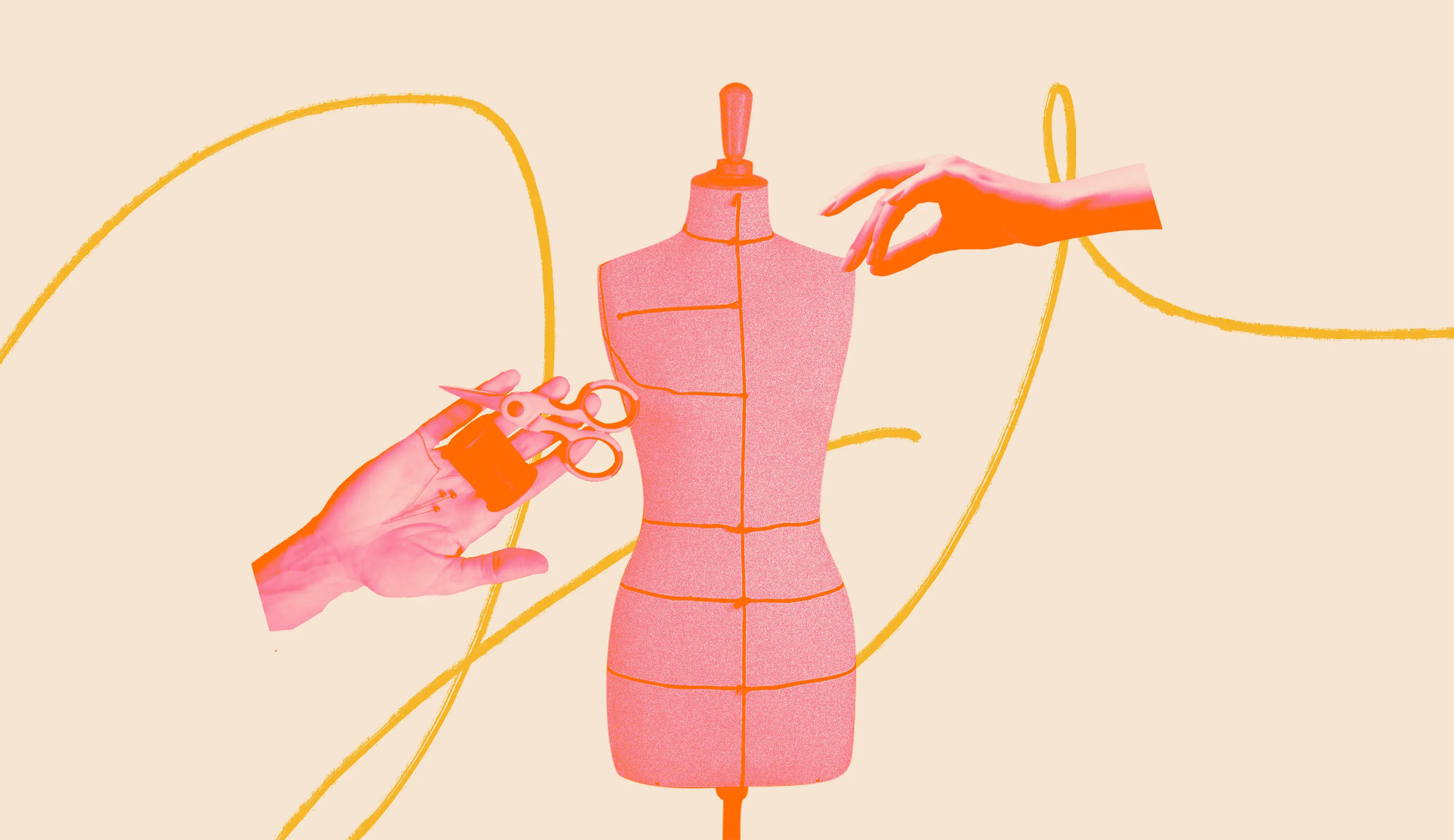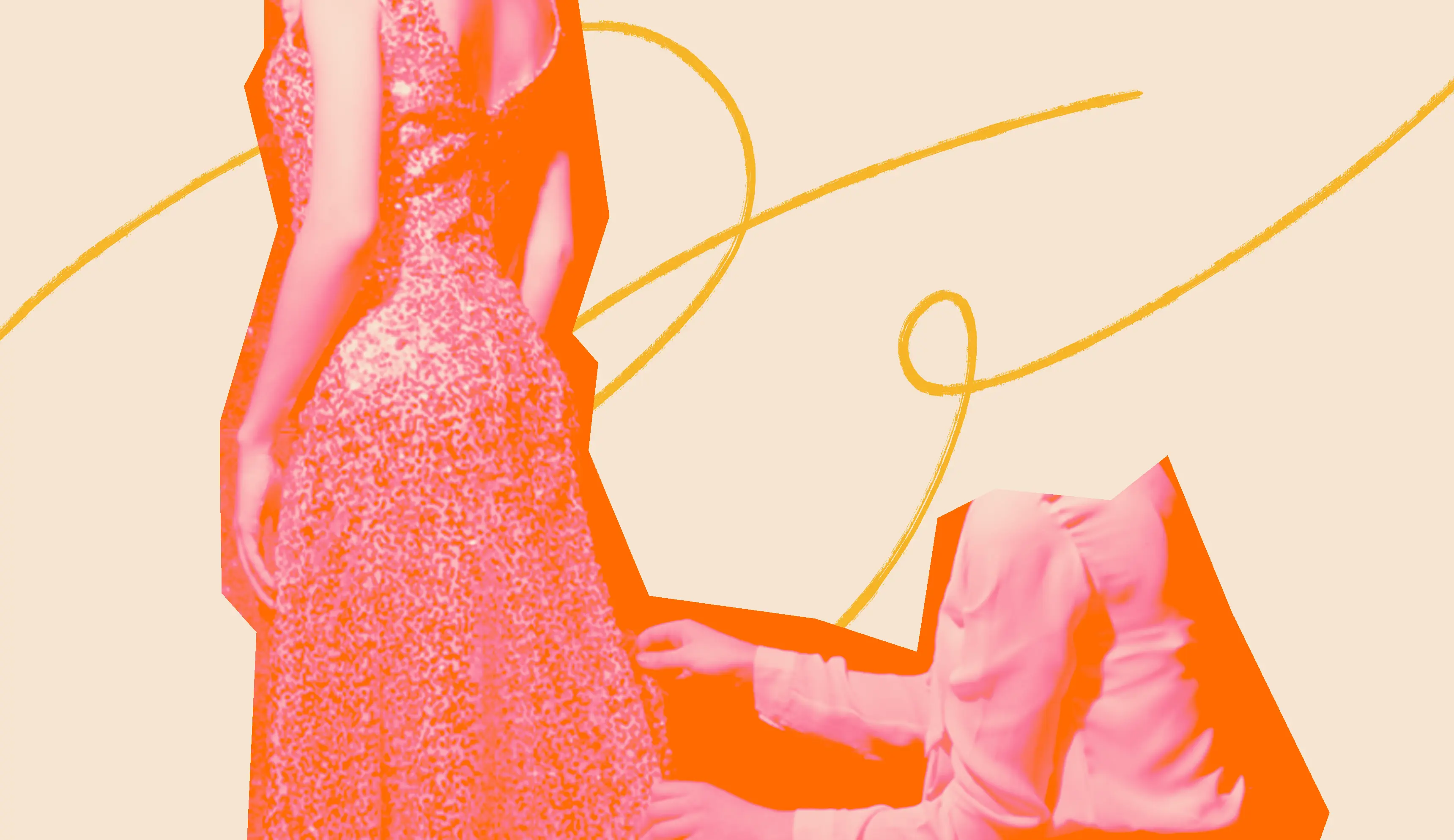


As aspirational consumers retreat, haute couture regains its relevance. But is it the future of fashion or just a refined niche for the ultra-wealthy?
Reassessing Haute Couture
What does haute couture look like today in a world dominated by celebrity clients, seasonal shows, and social media spectacle? A recent exhibition at Paris’s Petit Palais, dedicated to English tailor Charles Frederick Worth—widely regarded as the father of haute couture—offers a valuable perspective. It reveals that, in its origins, couture was an exclusive art form reserved for the aristocracy and the wealthiest members of the European bourgeoisie.
Despite the glamour of red carpets and the frenzy of fashion weeks, haute couture remains the highest expression of luxury: personal, precise, and profoundly human. However, its clientele has evolved. While royalty and princesses still hold a prominent place, modern couture is increasingly supported by a diverse group of global collectors, connoisseurs and red-carpet icons who help keep the dream alive.

Charles Frederick Worth is widely regarded as the father of haute couture
A Business for the Few, Not the Many
In any case, it remains a privilege for a select few: there are approximately 4,000 collectors worldwide, with a solid base of 1,000 to 2,000 regular clients, primarily from Russia, China and the Middle East, along with a growing presence in the Asia-Pacific region. The cost of a custom-made piece starts at $25,000–$50,000 for daywear and can exceed $300,000.
As the countdown to Paris Couture Week begins—set to unveil the FW 2025–26 collections from Monday, July 7, to Thursday, July 10—anticipation is building for a series of historic shows. Highlights include Demna’s final runway at Balenciaga before his much-anticipated move to Gucci and Glenn Martens’ debut as Creative Director at Maison Margiela.
Who Still Cares About Couture?
In this context, a pressing question arises: apart from the few hundred individuals who make up haute couture’s wealthy clientele and the dedicated fashion insiders, is anyone else still genuinely interested in this exclusive tradition? If the answer is no, can we justify the spectacle of haute couture? Is it still a viable and sustainable part of the modern fashion industry?
As the so-called “aspirational consumer” retreats and the middle-tier luxury market experiences signs of strain, the answers to these questions are more nuanced—and possibly more surprising—than one might expect.
The Secrets of Haute Couture Today, Revealed by the Belgian Couture House Natan
The Belgian couture house Natan, founded in 1930 by couturier Edouard Vermeulen, exemplifies how the traditions of couture are evolving to meet the needs of a new generation, while maintaining personalisation at the core of its creative process.
“Just like in Charles Frederick Worth’s time, every garment begins with a one-on-one consultation in our Brussels salon, where clients are welcomed in a private, intimate setting to share their vision and preferences,” says Roos Dolmans, Commercial and Styling Executive of the fashion house. “Fittings happen weekly in person. It’s a luxury to have someone working only with you, listening to your wishes, and adjusting a design just for your body.”
The fabric selection process remains an intimate and tactile experience: clients browse through exclusive seasonal collections and timeless pieces, with additional swatches available upon request.
Why Hand-Stitched Fashion Still Matters in the Digital Age
“The entire process takes over five to seven weeks, including two to four fittings, while bridal gowns typically take up to six months,” adds Dolmans. “You have to consider that we still embroider beads by hand, glazed fabrics are produced manually, and sculpted directly on the mannequin. That’s something no digital tool can replicate.”
Traditional craftsmanship lies at the heart of all couture ateliers. Techniques such as hand embroidery, moulage and feather embellishment are becoming increasingly rare and time-consuming. Yet the world’s most prestigious fashion houses—including Chanel, Christian Dior, Elie Saab and Dolce & Gabbana—are deeply committed to preserving these endangered skills.
“The only modern twist is digital pattern-making,” affirms Dolmans. “That part is now done with CAD software. But when it comes to couture, no computer can ever replace the magic of human hands.”

Traditional craftsmanship lies at the heart of all couture ateliers. Techniques such as hand embroidery, moulage and feather embellishment are becoming increasingly rare
Who Buys Haute Couture in 2025?
Haute couture has always catered to an elite circle, a trend that hasn’t changed much since the days of Charles Frederick Worth. The English couturier dressed aristocrats and high society, crafting gowns that were as exclusive as they were exquisite.
Today, many couture clients maintain long-standing relationships with their favourite fashion houses, often spanning generations. While the traditional couture customer tends to be older, a new wave of younger clients is emerging, usually daughters following in their mothers’ footsteps.
Although close ties to prominent families—especially royals—remain a point of pride for many couture houses, there is an increasing need to expand their reach by attracting a younger, style-conscious (yet still affluent) clientele. To achieve this, brands often engage in carefully planned collaborations with influencers, creatives, VIPs and cultural figures. These partnerships are designed to create familiarity, encouraging this new generation of clients to build a stronger connection with the brand.
However, when it comes to high-profile red-carpet appearances, around 90% are driven by the clients themselves, with only a small percentage initiated or arranged by the fashion houses.
Are Billionaire Clients Saving Fashion’s Turnover?
The relationship between a client and a luxury brand—whether it’s a loyal long-timer or a curious newcomer—is built on trust, shared aesthetics, and the subtle luxury of feeling understood.
However, nothing surpasses the economic power of those making the purchases. Couture continues to attract individuals with significant spending power, whether it’s for a lavish wedding, marking a milestone event, or simply appreciating exceptional daywear. A couture bridal gown can cost over $1. In Asia, particularly, a rising class of affluent, fashion-savvy young women is embracing the allure of custom-made elegance. Each made-to-measure piece becomes a bold statement of status, wealth and cultural influence.

The relationship between a client and a luxury brand—whether it’s a loyal long-timer or a curious newcomer—is built on trust, shared aesthetics, and the subtle luxury of feeling understood
Couture Lives Where Celebration Meets Strategy
Haute couture thrives on special occasions. Couture gowns are designed for everything from royal weddings to red carpets, as well as private soirées, milestone celebrations or a once-in-a-lifetime look. The spring season brings a flurry of bridal requests and coordinating outfits for wedding parties, while winter leans toward impeccably tailored daywear and sophisticated evening ensembles.
The common thread among these creations is the aim to craft a unique moment—one that’s unforgettable—and to secure a look that no one else in the world will ever wear.
From the perspective of the haute couture consumer, these garments represent a personal statement of individuality. However, for the fashion houses, it is a display of exceptional technical skill, deep-rooted know-how and unparalleled craftsmanship. Above all, it reflects the spending power of those who buy these exclusive pieces, especially in today’s market.
Why Fashion’s Power Players Are Betting on Couture
It’s no coincidence that Very Important Clients (VICs) have become increasingly central to the fashion industry’s overall strategy. These clients are carefully courted, with their preferences closely monitored, and their purchases tracked, even in ready-to-wear collections. They are pampered and pursued across all luxury brands, having decisively overtaken the so-called “aspirational consumers”. This latter group briefly helped revive the market after the pandemic, but later contributed to its instability and downturn.
In this context, haute couture’s decision to generate buzz and hold an exclusive fashion week—such as the upcoming Autumn-Winter 2025–26 Haute Couture Week—seems not only relevant but essential, despite its very limited audience. Beyond the artistry and spectacle, it’s a shrewd business move.
While the scale of couture is minuscule compared to the mass-produced ready-to-wear market, this smaller scale belies its outsized impact: there may be fewer pieces, but each commands exponentially higher prices.
The Bigger Question: Can Exclusivity Shape Fashion’s Future?
More importantly, the couture clientele is far less volatile, demonstrating loyalty and consistency in purchasing that ready-to-wear brands struggle to achieve. This predictability enables couture brands to invest in the painstaking craftsmanship and bespoke service that define haute couture, all without the constant pressure of chasing broad consumer trends or maintaining fast turnover.
However, as haute couture marches on—supported by factors favouring it amid the current challenges in the luxury market and the declining spending power of the average consumer—the question remains: can this exclusive world truly shape the future of fashion? Or will exclusivity stay a niche market while the broader fashion industry returns to inclusivity, reconnecting with mainstream consumers as they regain their appetite for luxury spending?
Ellie Van Oevelen
Master in Fashion Promotion & Communication, Paris



